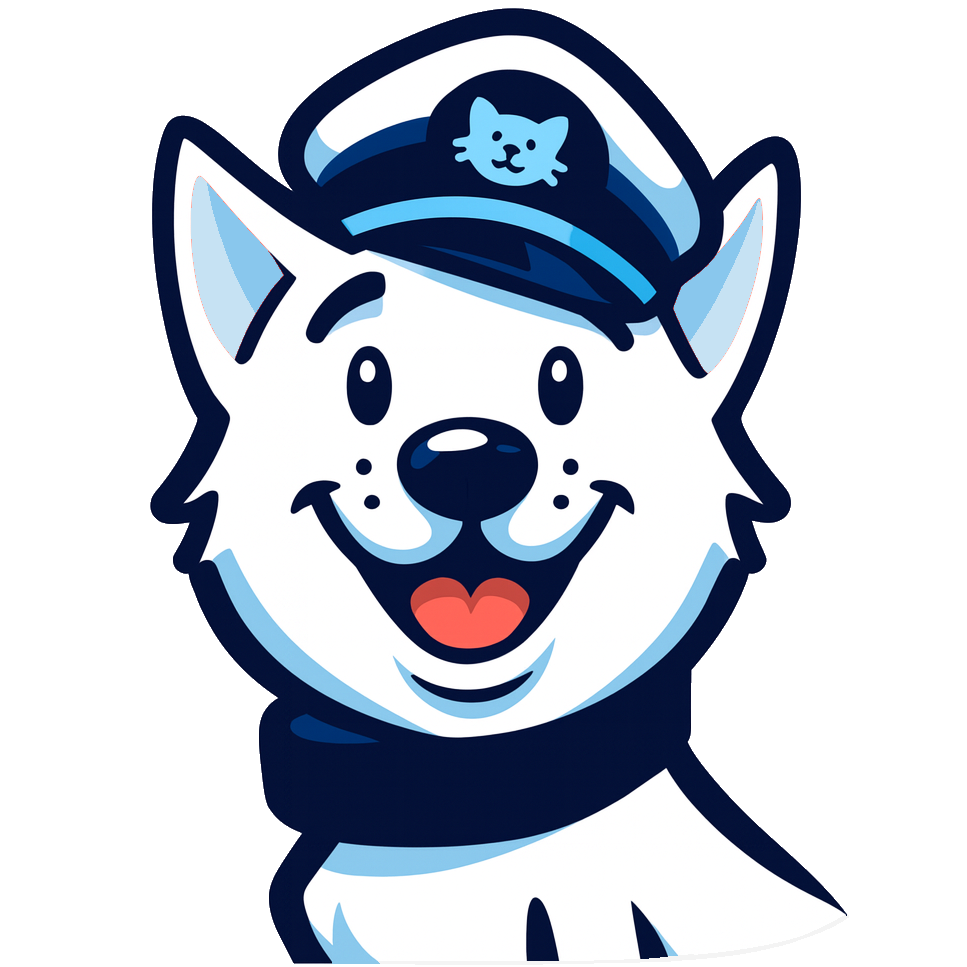CLOUD IP CAMERA SOFTWARE
Cloud IP camera software is a form of software used to manage and monitor IP cameras using cloud-based services. This software allows users to remotely monitor and manage IP cameras from anywhere with an internet connection, offering better flexibility and accessibility than traditional on-premise camera software.
With the development of Internet of Things (IoT) devices, such as IP cameras, there is a growing need for effective, scalable, and accessible management solutions. Cloud IP camera software provides a variety of functions, including live streaming, motion detection, and video recording, which may be accessed via a web browser or mobile app. However, like any other technology, it has its obstacles and limitations.
One of the most significant benefits of cloud IP camera software is its scalability. Scaling traditional on-premise solutions requires significant investment in hardware and software resources, especially for large companies or locations with heavy surveillance requirements. In contrast, cloud-based systems may be simply scaled up or down to meet changing needs without the need for extra hardware or software. This makes it an ideal solution for businesses or organizations with a large number of cameras, as well as those with changing monitoring needs.
Another key advantage is the software's accessibility. Users can monitor their cameras from anywhere with an internet connection, either via a web browser or a dedicated mobile app. This flexibility allows for real-time monitoring and immediate response to security incidents, no matter where the user is located.
Challenges
Despite the advantages, users face several challenges when opting for cloud IP camera software. One of the primary concerns is the stability of the cloud service. Unlike on-premise solutions that can continue to record even during local network issues, cloud-based systems are wholly dependent on a stable internet connection. Any disruption in the internet service can lead to a loss of surveillance capabilities, which could be critical in emergency situations. Another common issue is the potential for vendor lock-in. Many cloud IP camera software solutions are proprietary and designed to work exclusively with cameras from the same manufacturer. This limits the user's ability to mix and match cameras from different vendors, thereby reducing flexibility and potentially increasing costs.
Lack of RTSP Streams
A significant limitation for some users is the absence of Real-Time Streaming Protocol (RTSP) streams. RTSP is a standard network protocol used in scalable video streaming. Many cloud solutions do not offer RTSP streams, limiting the user's ability to integrate the cameras into other systems or use third-party software for advanced analytics.
One of the most significant benefits of cloud IP camera software is its scalability. Scaling traditional on-premise solutions requires significant investment in hardware and software resources, especially for large companies or locations with heavy surveillance requirements. In contrast, cloud-based systems may be simply scaled up or down to meet changing needs without the need for extra hardware or software. This makes it an ideal solution for businesses or organizations with a large number of cameras, as well as those with changing monitoring needs.
Another key advantage is the software's accessibility. Users can monitor their cameras from anywhere with an internet connection, either via a web browser or a dedicated mobile app. This flexibility allows for real-time monitoring and immediate response to security incidents, no matter where the user is located.
Challenges
Despite the advantages, users face several challenges when opting for cloud IP camera software. One of the primary concerns is the stability of the cloud service. Unlike on-premise solutions that can continue to record even during local network issues, cloud-based systems are wholly dependent on a stable internet connection. Any disruption in the internet service can lead to a loss of surveillance capabilities, which could be critical in emergency situations. Another common issue is the potential for vendor lock-in. Many cloud IP camera software solutions are proprietary and designed to work exclusively with cameras from the same manufacturer. This limits the user's ability to mix and match cameras from different vendors, thereby reducing flexibility and potentially increasing costs.
Lack of RTSP Streams
A significant limitation for some users is the absence of Real-Time Streaming Protocol (RTSP) streams. RTSP is a standard network protocol used in scalable video streaming. Many cloud solutions do not offer RTSP streams, limiting the user's ability to integrate the cameras into other systems or use third-party software for advanced analytics.
IP Camera Software
Video Surveillance Cloud is a powerful and flexible tool for managing and monitoring IP cameras, providing greater scalability, accessibility, and convenience compared to traditional on-premise camera software. It's strongly advised to steer clear of cloud-based IP cameras that lack RTSP support. Doing otherwise could result in a less effective and more costly security solution
The Importance of RTSP Support in Cloud IP Cameras
While cloud-based IP cameras offer numerous benefits such as scalability and remote access, lacking support for Real-Time Streaming Protocol (RTSP) is a deal-breaker. Without RTSP, these cameras suffer from significant limitations that outweigh their purported benefits.
RTSP is a standard protocol used for streaming audio and video, and its absence severely restricts the camera's versatility. Without RTSP support, you're effectively locked into using the vendor's software solutions exclusively. This severely limits your ability to integrate these cameras into broader systems or to utilize third-party software for specialized tasks, analytics, or archiving.
For example, software solutions like SmartVision offer advanced functionalities that are often missing from standard cloud IP camera software. These could include advanced motion detection algorithms, facial recognition, license plate recognition, and more. When your camera supports RTSP, integrating it with software like SmartVision becomes a straightforward task. This not only expands the capabilities of your surveillance system but also future-proofs it by allowing you to add or switch software solutions as needed.
In summary, if an IP camera lacks RTSP support, you're not just buying a camera; you're buying into the limitations of that camera's ecosystem. Given the vital role that surveillance plays in security, it's a compromise that most users can't afford to make. Therefore, when considering cloud IP cameras, RTSP support should not be an optional feature but a mandatory requirement for any serious, scalable, and flexible surveillance solution.
While cloud-based IP cameras offer numerous benefits such as scalability and remote access, lacking support for Real-Time Streaming Protocol (RTSP) is a deal-breaker. Without RTSP, these cameras suffer from significant limitations that outweigh their purported benefits.
RTSP is a standard protocol used for streaming audio and video, and its absence severely restricts the camera's versatility. Without RTSP support, you're effectively locked into using the vendor's software solutions exclusively. This severely limits your ability to integrate these cameras into broader systems or to utilize third-party software for specialized tasks, analytics, or archiving.
For example, software solutions like SmartVision offer advanced functionalities that are often missing from standard cloud IP camera software. These could include advanced motion detection algorithms, facial recognition, license plate recognition, and more. When your camera supports RTSP, integrating it with software like SmartVision becomes a straightforward task. This not only expands the capabilities of your surveillance system but also future-proofs it by allowing you to add or switch software solutions as needed.
In summary, if an IP camera lacks RTSP support, you're not just buying a camera; you're buying into the limitations of that camera's ecosystem. Given the vital role that surveillance plays in security, it's a compromise that most users can't afford to make. Therefore, when considering cloud IP cameras, RTSP support should not be an optional feature but a mandatory requirement for any serious, scalable, and flexible surveillance solution.
Privacy
Contacts

